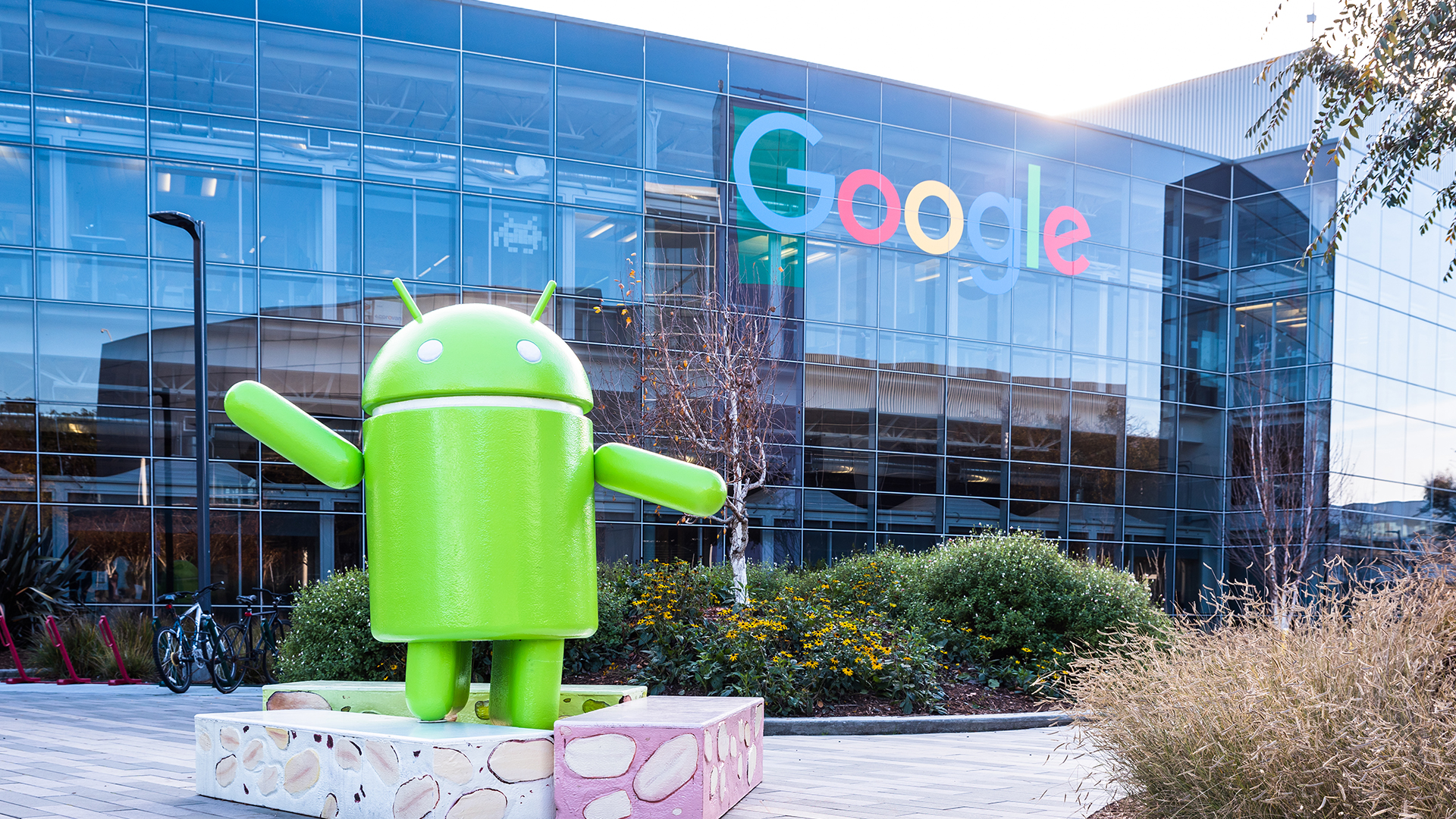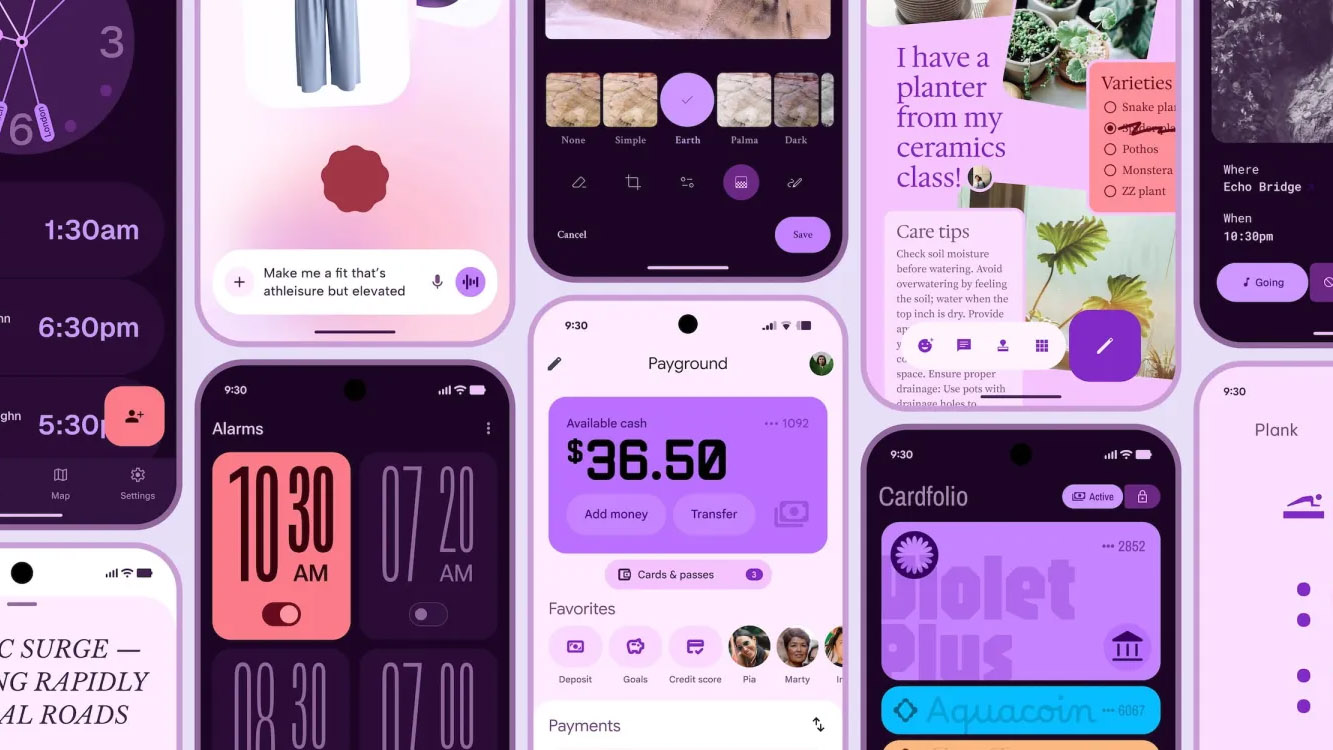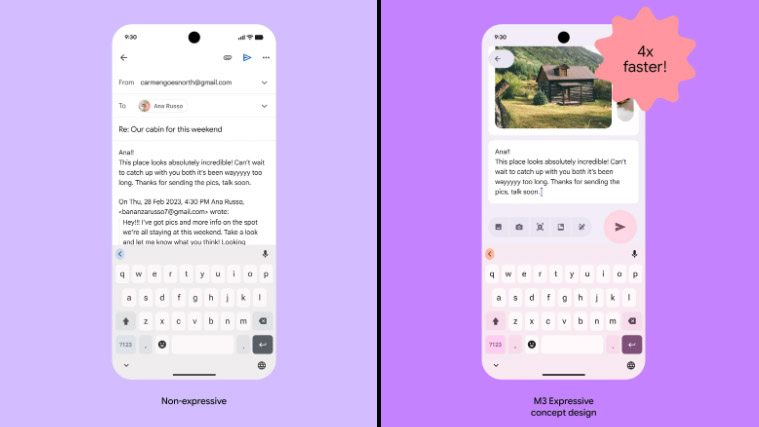Massive Google blunder reveals the biggest design upgrade in Android history
A fresh new look could be coming to Android really soon


Quick Summary
A leaked blog post has explained the thinking behind a new design language for Google.
Called Material 3 Expressive, we're expecting it to officially launch some time this month.
Google is planning some big changes to Android, ushering in a new design language to make the mobile operating system not only more usable, but more “emotional” too. And now, thanks to a leaked blog post, we have a good idea of the thinking behind Material 3 Expressive.
We’re expecting a lot from Google in May. First, we have Google I/O, but then a special edition of The Android Show too. But, even with double helpings of Google on the horizon, we don't have to wait for the most exciting highlights – unofficial leaks keep giving us more of a hint about what’s coming.
We recently shared the details of some design changes found lurking in the back of the Android 16 Beta. At the time we said it wasn’t known if these would be part of Android 16 at launch or if they were a work in progress, but they helped highlight the fact that Google wants to evolve Android’s design language.
It was also clear that Material 3 Expressive was on the agenda for Google I/O, but this leaked "official" blog post (highlighted by 9to5google) dives into the details of the motivations behind the changes. While the original post has been taken offline, there’s an archived version of it – although it lacks images.

Why Material 3 Expressive?
The leak details that the driving force behind the change was a conversation in a Munich beer hall, which lead to the question: “Why were all these apps looking so similar? So boring? Wasn’t there room to dial up the feeling?”
The aim is to give the user some sort of connection, with the mention of “design with a soul”. Things like how big a button could be to make it more usable without obscuring the rest of the interface was considered. Google also looked at things like loading bars, asking if certain designs made the waiting time feel longer.
The research used eye tracking to see how users reacted to the new design and how quickly they found what they needed. The example here is moving the send button in an email app from top of the page to just above the keyboard. It’s clearly addressing a part of the Gmail app that seems to have come from desktop design, rather than mobile design.
Get all the latest news, reviews, deals and buying guides on gorgeous tech, home and active products from the T3 experts

What will Material 3 Expressive achieve?
The results of the changes where that users found the system faster to use, finding things more easily – and that included older users.
Google says that its research says that “87%” of users (aged 18-24 years) prefer expressive design compared to the non-expressive design that comes from iOS Human Interface Guidelines.
That all sounds great for Android users, where the next step would be bringing M3 Expressive into Android and then have Android developers apply these elements to their apps. That’s the important part of the equation here, with the leaked blog post calling for developers to dive into the guide and use the new design kit.
Ultimately, it should result in apps that look and feel better in Android – but as is always the case, while Google might adapt its own apps based on the Material 3 Expressive guidelines, other developers might just do the minimal required to get their app into Android.
We guess we'll see more in the coming days and weeks.

Chris has been writing about consumer tech for over 15 years. Formerly the Editor-in-Chief of Pocket-lint, he's covered just about every product launched, witnessed the birth of Android, the evolution of 5G, and the drive towards electric cars. You name it and Chris has written about it, driven it or reviewed it. Now working as a freelance technology expert, Chris' experience sees him covering all aspects of smartphones, smart homes and anything else connected. Chris has been published in titles as diverse as Computer Active and Autocar, and regularly appears on BBC News, BBC Radio, Sky, Monocle and Times Radio. He was once even on The Apprentice... but we don't talk about that.
You must confirm your public display name before commenting
Please logout and then login again, you will then be prompted to enter your display name.